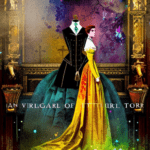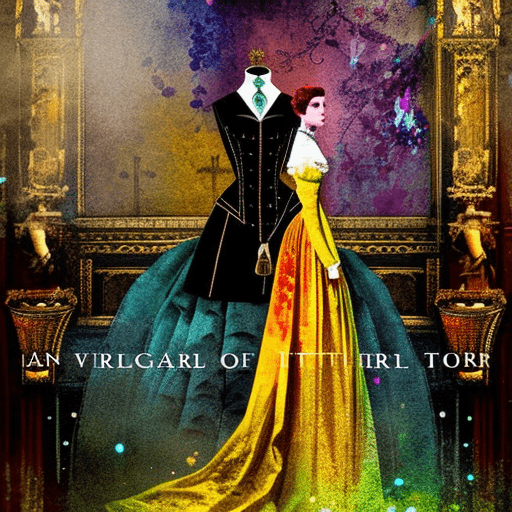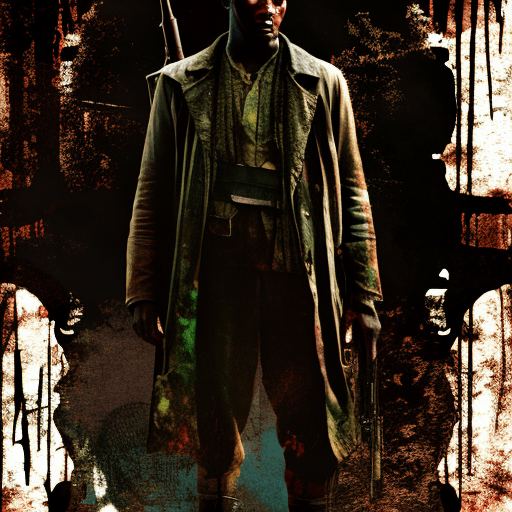The Underground Railroad: A Journey to Freedom
In Colson Whitehead’s novel, “The Underground Railroad,” the author takes readers on a harrowing journey through the life of Cora, a young slave girl who escapes from a Georgia plantation and embarks on a treacherous quest for freedom. Through vivid storytelling and powerful imagery, Whitehead explores the horrors of slavery, the resilience of the human spirit, and the enduring pursuit of liberty.
A Desperate Escape
The story begins on the Randall plantation, where Cora endures a life of unimaginable cruelty and hardship. Determined to break free from the chains of slavery, she seizes the opportunity to escape when Caesar, a fellow slave, approaches her with a plan to flee via the Underground Railroad. The Underground Railroad, depicted as an actual network of secret tunnels and trains, serves as a metaphorical representation of the abolitionist movement and the brave individuals who risked their lives to help slaves find their way to freedom.
A Journey Through Darkness
As Cora and Caesar embark on their treacherous journey, they encounter various characters and face numerous challenges. They travel through different states, each with its own unique form of oppression and discrimination. From the seemingly idyllic town of South Carolina, where black people are subjected to sinister medical experiments, to the relentless pursuit of slave catcher Ridgeway, who is determined to capture Cora and bring her back to the plantation, the novel exposes the depths of human depravity and the lengths people will go to preserve their power.
The Power of Resilience and Hope
Throughout the novel, Cora’s resilience and determination shine through. Despite the constant threat of capture and the atrocities she witnesses, she never loses hope. She forms unexpected alliances, finds moments of solace, and continues to fight for her freedom. Whitehead’s portrayal of Cora’s journey serves as a testament to the indomitable spirit of those who sought liberation during one of America’s darkest periods.
As the story unfolds, Whitehead skillfully weaves in historical elements, blending fact and fiction to create a compelling narrative. While the Underground Railroad is presented as a literal network of tunnels, Whitehead also incorporates real historical events and figures, such as the Tuskegee syphilis experiments and the notorious slave catcher, Patty Cannon. This blending of reality and fiction adds depth and authenticity to the story, highlighting the lasting impact of slavery on American society.
Key takeaways from “The Underground Railroad” include:
- The horrors of slavery: The novel vividly depicts the brutality and dehumanization endured by slaves, shedding light on a dark chapter in American history.
- The resilience of the human spirit: Cora’s unwavering determination to find freedom despite the odds serves as a powerful reminder of the strength within us all.
- The enduring pursuit of liberty: The Underground Railroad symbolizes the relentless fight for freedom and the lengths individuals will go to escape oppression.
In one poignant quote from the book, Whitehead writes:
“The whites came to this land for a fresh start and to escape the tyranny of their masters, just as the freemen had fled theirs. But the ideals they held up for themselves, they denied others.”
“The Underground Railroad” is a gripping and thought-provoking novel that confronts the painful legacy of slavery while celebrating the resilience of the human spirit. Through Cora’s journey, readers are compelled to reflect on the enduring pursuit of freedom and the ongoing struggle for equality.












